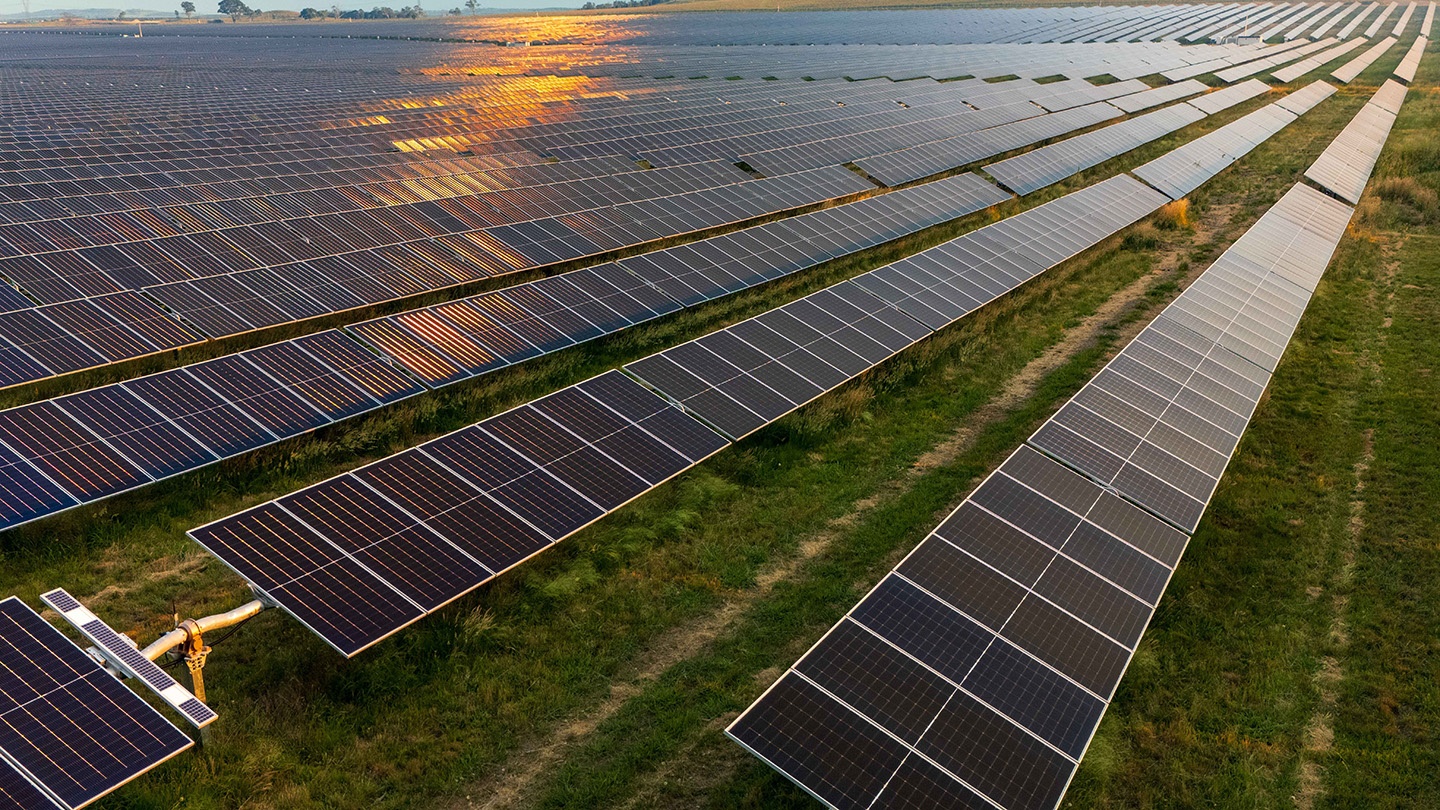The New England Solar project, in the NSW New England region, will power about 300,000 average Australian homes each year. ACEN Australia is building the project in stages across 2,000 ha near Uralla.
The project plays a key role in the transition to a low-carbon energy system. It improves system reliability, reduces the risk of outages and helps integrate more renewable energy generators into the grid.
The next stage
The focus is now on Stage 2 and a 200 MW/2-hour battery energy storage system that will store and dispatch energy to the grid.
The system will store excess solar power generated during peak sunlight hours, charging when there is available energy and discharging during periods of high demand.
This will help moderate peaks in electricity prices.

A rule changer
One of the standout features of this project is the integration of advanced grid-forming inverters.
These inverters are among the first of their kind to be used in the National Electricity Market. They provide critical benefits, such as system strength, stability, and network security.
The inverters are so advanced they required new regulatory frameworks, as the existing rules were not set up for their capabilities.
The National Electricity Market is a wholesale market through which generators and retailers trade electricity in Australia.
Additionally, the project boosts the local economy by creating jobs and supporting regional growth during both construction and operation.

A major leap forward
“ACEN Australia’s New England battery energy storage system represents a major leap forward in energy storage technology,” said Dave Pollington, ACEN Australia’s Managing Director.
“The integration of advanced grid-forming inverters enhances the reliability and stability of the electricity grid. By leading the adoption of this cutting-edge technology, ACEN Australia is setting a precedent for future renewable energy projects in Australia.”
This new battery energy storage system will underscore ACEN Australia and the NSW Government’s commitment to advancing renewable energy technology to build a low-emissions future.
